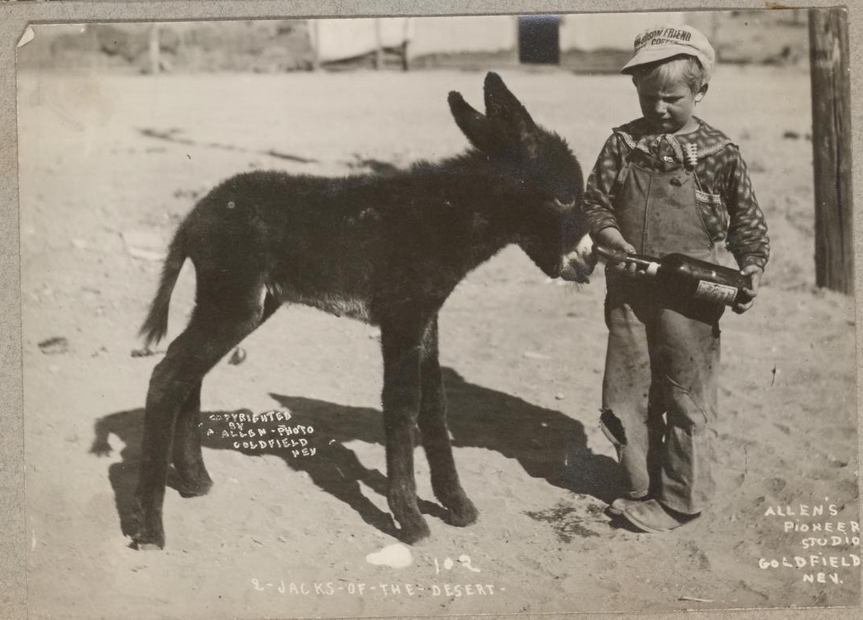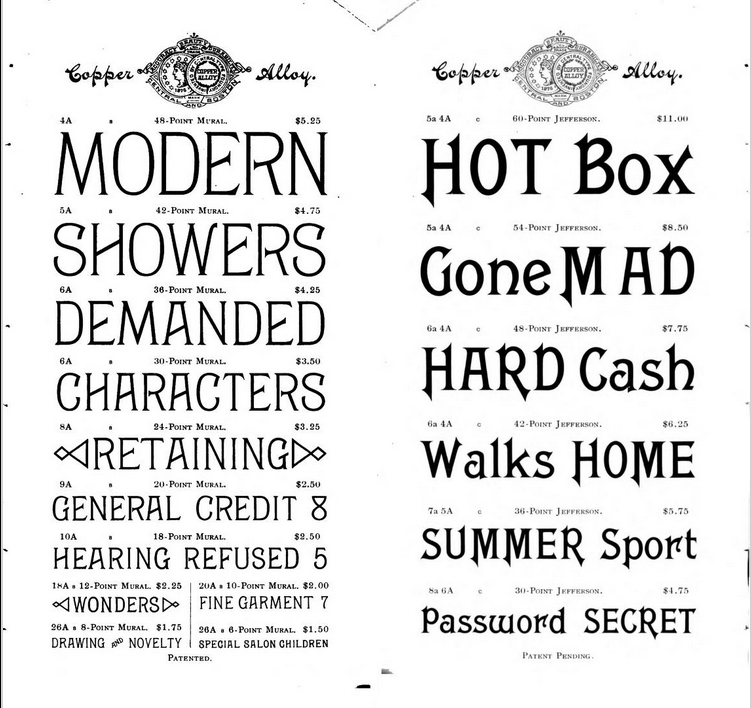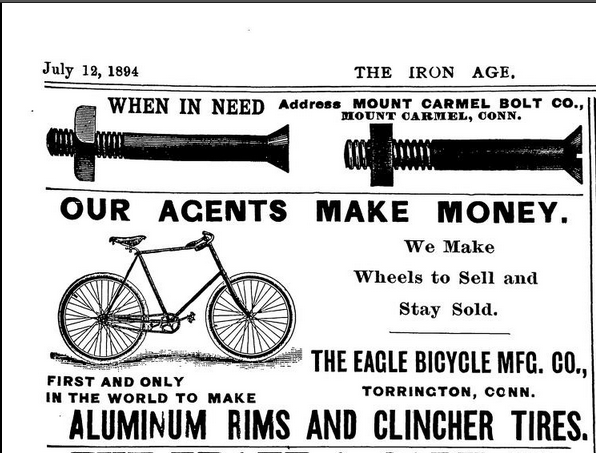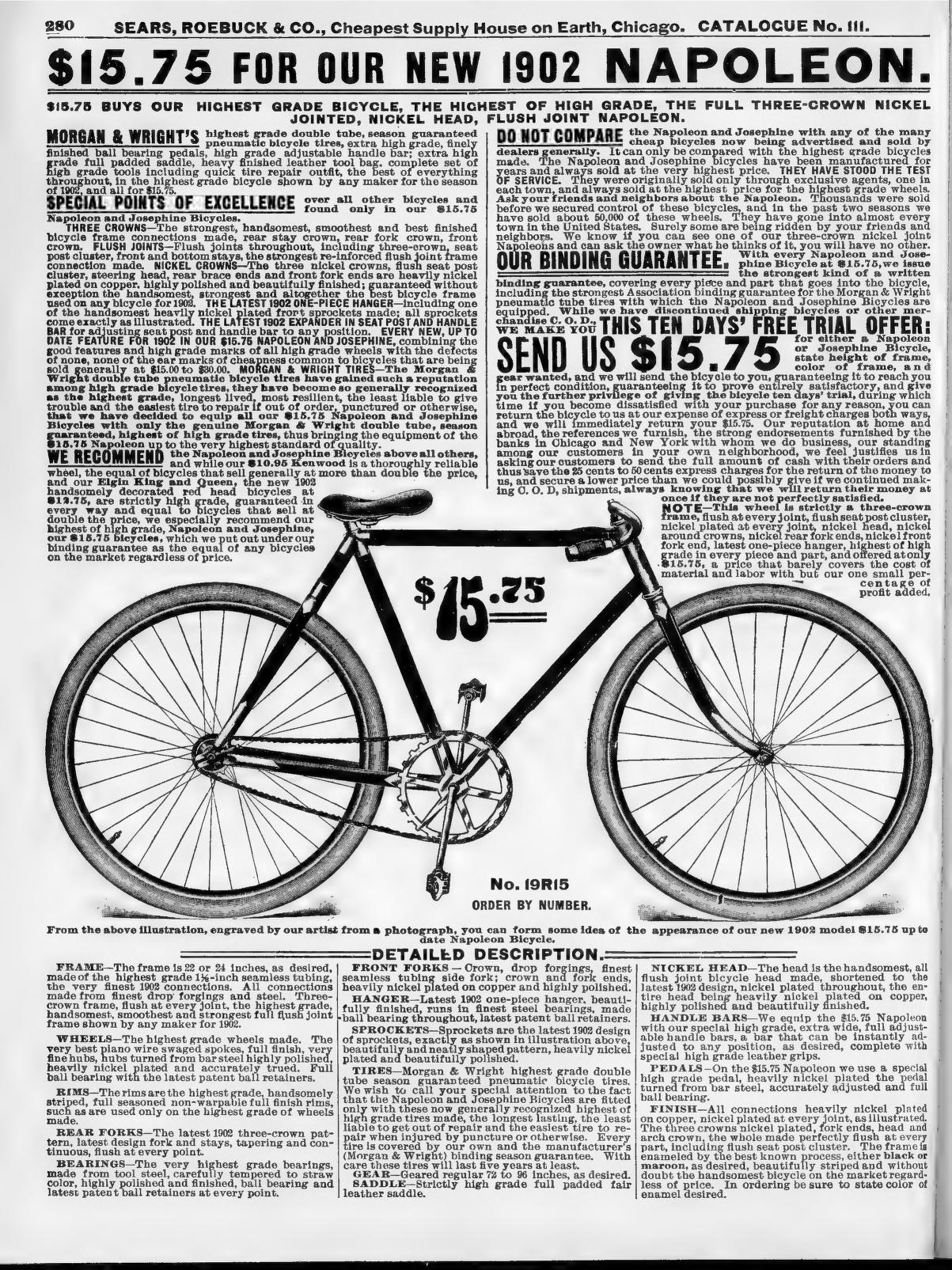Recently a bicycle race from Bath to Kensington, 106 miles, for the (captaincy) and (subcaptaincy) of the Middlesex Bicycle Club commenced in the Bath Market-place, the competitors being Mesate, Pearce, Leaver, Goulding, Percy, Tyne, Spencer, and Walker. The diameter of the driving wheels varied from 45 to 52 inches. The first six miles of the race, which was over a capital road, were done in a very short space of time. At Newbury, which is about midway, the first two riders to arrive were Walker and Tyne. Here the wheel of Tyne's machine collapsed, making him lose two hours in the first half of the race. He went on again, but was quite out of the running. The race was won by Mr. Walker, of the Middlesex Bicycle Club, who started at ten minutes past five a.m. and arrived at Kensington at fifteen minutes past three p.m. - the greatest speed on record for the distance.
Sorry for any errors.
So a modern rider typically takes at least 4 hours to do a century ride and that is at top amateur/pro levels. Averaging 25 miles per hour for that long is very difficult. Most avid club cyclists will average around 16 mph in the real world and can finish a century in around 6-7 hours.
In this race, it started at just after 5 am and was won by the finishing rider just over ten hours later at fifteen minutes past 3 pm. So the average speed of the winning rider was just over 10 miles per hour. You'll have to forgive me for not knowing metric time but in real units, the race was 170 km, and the average speed was 17 kph.
In terms of wheel size, the 700c wheels of today are around 28in in diameter. The racers here were riding between 45-52in. So 45in is 1.143m, and 52in is 1.32m
I speculate that these were likely Penny-farthing or Ordinary velocipedes
The frame is a single tube following the circumference of the front wheel, then diverting to a trailing wheel. A mounting peg is above the rear wheel. The front wheel is in a rigid fork with little if any trail. A spoon brake is usually fitted on the fork crown, operated by a lever from one of the handlebars. The bars are usually mustache shaped, dropping from the level of the headset. The saddle mounts on the frame less than 18 inches (46 cm) behind the headset.
One particular model, made by Pope Manufacturing Company in 1886, weighs 36 pounds (16 kg), has a 60-spoke 53-inch (130 cm) front wheel and a 20-spoke 18-inch (46 cm) rear wheel. It is fitted with solid rubber tires. The rims, frame, fork, and handlebars are made from hollow, steel tubing. The steel axles are mounted in adjustable ball bearings. The leather saddle is suspended by springs.[32]
Another model, made by Humber and Co., Ltd., of Beeston, Nottingham, weighs only 24 pounds (11 kg), and has 52-inch (130 cm) and 18-inch (46 cm) wheels. It has no step and no brakes, in order to minimize weight.[33]
A third model, also made by Pope Manufacturing Company, weighs 49 pounds (22 kg) and has forged steel forks. A brake lever on the right of a straight handlebar operates a spoon brake against the front wheel.[34]
All three have cranks that can be adjusted for length.
https://en.wikipedia.org/wiki/Penny-farthing

The original posted article from 1874 is on page 2 at the top right of the news paper archived here:
https://archive.org/details/NPDP18740922/page/0/mode/2up?q=bicycle&view=theater















At the equator, Earth is nearly 25k miles around. So you need to travel around 1050 mph. The speed of sound is usually under 800 mph, so you'll be going a good bit faster than this. That is going to be one impressive fuel tank. Still that is a whole lot less than the 17k mph you need to get to the space station.